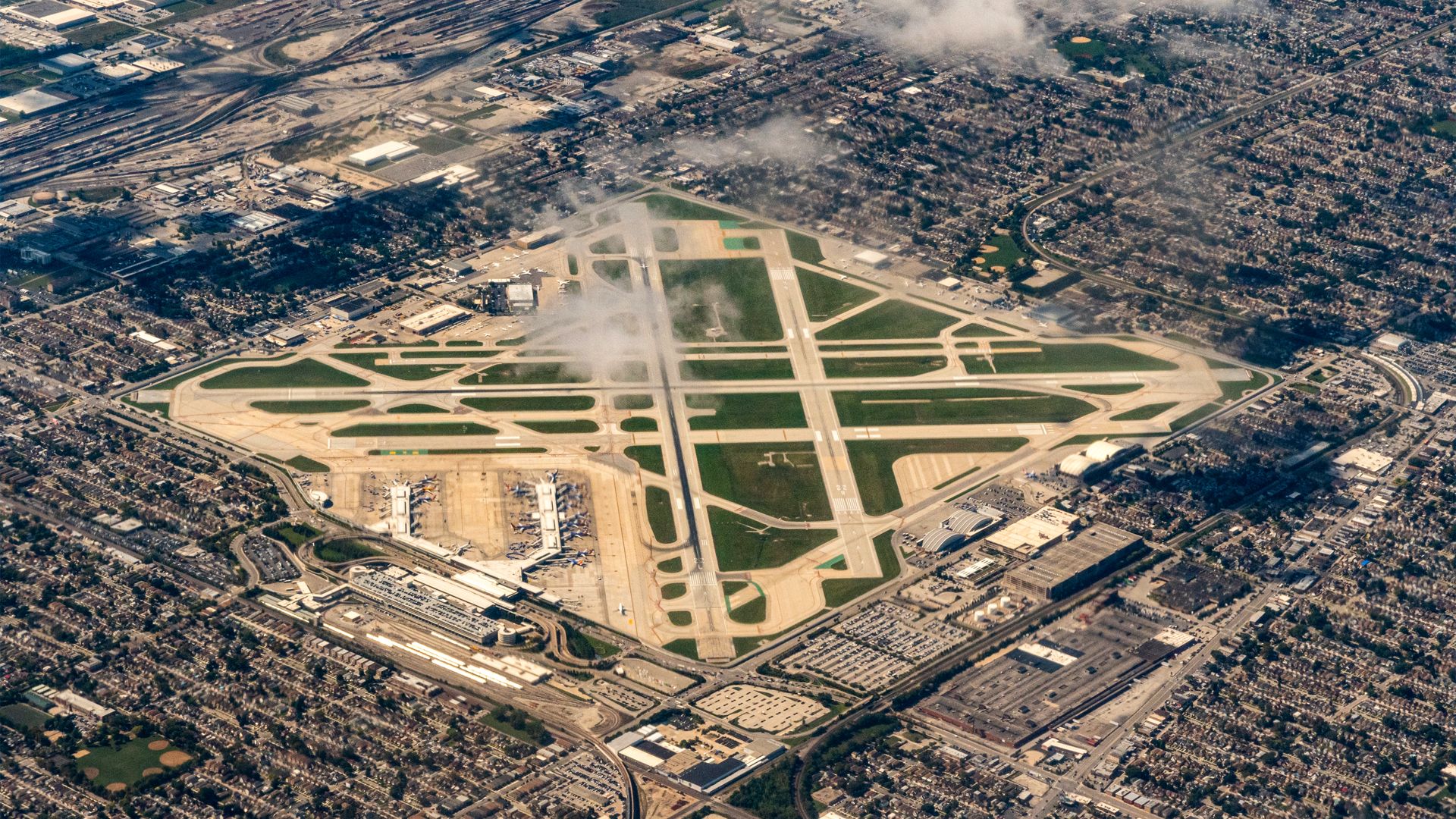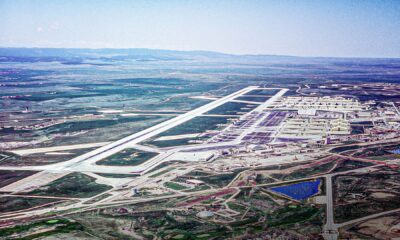World
Discover the 10 Oldest Airports in the United States Still Operating

Across the United States, aviation enthusiasts and casual travelers alike can explore the nation’s rich aviation history through its oldest airports. Ten of these airfields have remained operational since the early days of flight, offering a glimpse into the evolution of air travel from its humble beginnings to the sophisticated global network we know today. This exploration highlights their founding dates, notable milestones, and current operations, showcasing how each has adapted over time.
Historic Airfields and Their Legacy
The journey through these ten historic airports underscores the significant role they have played in shaping aviation. Each airfield reflects a unique narrative, from early airmail services to contemporary general aviation operations. While some airports fell out of use, these ten have demonstrated resilience, maintaining their status as functional airfields.
College Park Airport, established in 1909, is recognized as the oldest continuously operating airport in the world. Located in Maryland, it was originally established for military flight training by the US Army Signal Corps and has since hosted numerous aviation milestones, including early airmail operations and radio navigation tests. Today, it functions as a general aviation airport and serves as a living museum, hosting educational programs and occasional heritage flights.
Following closely in history, Pearson Field, located in Vancouver, Washington, boasts records dating back to 1911 for fixed-wing flights. It has supported military aviation and hosted significant international flights, including the 1937 arrival of Soviet aviator Valery Chkalov. The airport remains active today, providing flight instruction and community events while preserving its historical significance through the Pearson Air Museum.
Another notable airfield, Stinson Municipal Airport, opened in 1915 in San Antonio, Texas. Founded by the Stinson siblings, it served as a training and exhibition field and is recognized as the second-oldest continuously operating airport in the United States. Today, it remains a vital general aviation hub, frequently utilized for flight training and corporate aviation, while also being listed on the National Register of Historic Places.
Modern Operations Meet Historical Significance
As we move further into the 20th century, Minneapolis–St. Paul International Airport evolved from its origins as Speedway Field in 1920. Originally a site for airmail services, it transformed into a major airline hub, particularly for Northwest Airlines and now Delta. MSP is recognized for its modern design and extensive connectivity, reflecting the growth of air travel while honoring its past.
Similarly, Long Beach Airport, established in 1923, has a storied aviation heritage, being the site of Calbraith “Cal” Rodgers’ first transcontinental flight. The airport has supported a range of operations, from general aviation to commercial flights, and is known for its historic Streamline Moderne terminal. Its continued operation showcases a balance between preserving history and meeting modern aviation needs.
In Chicago, Midway International Airport, initially opened in 1923, was once the world’s busiest airport and remains a crucial transportation hub. Its unique layout and compact size cater to both domestic and low-cost carriers, while its historical significance is preserved through local archives.
Another key airport is Logan International Airport in Boston, which opened in 1923. Its growth into an international gateway reflects the expanding role of air travel in connecting global cities. Logan continues to adapt, undergoing recent terminal upgrades to enhance passenger experience while managing environmental impacts.
Cleveland Hopkins International Airport, established in 1925, was one of the first municipally owned airports in the United States. It has been a pioneer in innovations such as the first radio-equipped control tower and remains a primary commercial airport, focusing on modernization and sustainability.
In the southern United States, Spartanburg Downtown Memorial Airport, which opened in 1927, has served as an airmail and general-use field, hosting various community aviation events. Its longevity is attributed to local support and its role as a business aviation asset.
Lastly, Albert Whitted Airport in Florida, opened in 1929, has played a significant role in St. Petersburg’s aviation history. The airport has faced challenges, including proposals for redevelopment, but has been preserved as a vital community resource supporting flight training and sightseeing flights.
These ten airports not only represent the history of aviation in the United States but also highlight the ongoing importance of preserving historical infrastructure in the face of modern demands. Each site serves as a reminder of the aviation pioneers who paved the way for the expansive air travel network we rely on today.
-

 Politics3 weeks ago
Politics3 weeks agoSecwepemc First Nation Seeks Aboriginal Title Over Kamloops Area
-

 World4 months ago
World4 months agoScientists Unearth Ancient Antarctic Ice to Unlock Climate Secrets
-

 Entertainment5 months ago
Entertainment5 months agoTrump and McCormick to Announce $70 Billion Energy Investments
-

 Lifestyle4 months ago
Lifestyle4 months agoTransLink Launches Food Truck Program to Boost Revenue in Vancouver
-

 Science5 months ago
Science5 months agoFour Astronauts Return to Earth After International Space Station Mission
-

 Technology3 months ago
Technology3 months agoApple Notes Enhances Functionality with Markdown Support in macOS 26
-

 Top Stories2 months ago
Top Stories2 months agoUrgent Update: Fatal Crash on Highway 99 Claims Life of Pitt Meadows Man
-

 Lifestyle3 months ago
Lifestyle3 months agoManitoba’s Burger Champion Shines Again Amid Dining Innovations
-

 Politics4 months ago
Politics4 months agoUkrainian Tennis Star Elina Svitolina Faces Death Threats Online
-

 Sports5 months ago
Sports5 months agoSearch Underway for Missing Hunter Amid Hokkaido Bear Emergency
-

 Politics4 months ago
Politics4 months agoCarney Engages First Nations Leaders at Development Law Summit
-

 Technology5 months ago
Technology5 months agoFrosthaven Launches Early Access on July 31, 2025





















